Warm-ups and cool-downs are often overlooked but are essential components of any group fitness class. They help prevent injuries, improve performance, and enhance recovery. Whether you're leading a high-energy HIIT session or a calming yoga class, incorporating the right warm-up and cool-down can make a significant difference in how participants feel during and after the workout.
In this article, we'll explore the science behind warm-ups and cool-downs, provide practical examples for different types of fitness classes, and share expert tips for making these routines effective and engaging.
The Science Behind Warm-Ups and Cool-Downs
Why Warm-Ups Are Essential
A proper warm-up gradually increases the heart rate, boosts circulation, and preps the muscles for movement. It helps reduce the risk of strains and injuries by loosening joints and improving muscle elasticity. Additionally, warming up mentally prepares participants for exercise by enhancing focus and motivation.
The Role of Cool-Downs in Recovery
After a workout, a cool-down helps bring the heart rate back to normal, reduces muscle soreness, and promotes flexibility. Without a proper cool-down, lactic acid buildup can lead to stiffness and discomfort. Stretching and breathing exercises during cool-downs aid in relaxation and recovery.
Key Components of an Effective Warm-Up
A well-structured warm-up should include:
- Gradual Heart Rate Elevation – Light cardio exercises like jogging in place or jumping jacks.
- Dynamic Stretching – Movements like leg swings, arm circles, or torso twists to improve mobility.
- Movement-Specific Drills – Exercises that mimic the main workout to prepare the body for the activity.
Best Warm-Up Exercises for Different Group Fitness Classes
HIIT Classes
- High knees
- Arm circles
- Squat pulses
Strength Training Classes
- Shoulder rolls
- Lunges with a twist
- Resistance band activations
Dance and Zumba Classes
- Step-touch with arm swings
- Hip circles
- Light bouncing to the beat
Yoga and Pilates Classes
- Cat-cow stretch
- Seated spinal twists
- Deep breathing exercises
Key Components of an Effective Cool-Down
A cool-down should include:
- Gradual Heart Rate Reduction – Light movements like walking or slow marches.
- Static Stretching – Holding stretches for 20-30 seconds to improve flexibility.
- Deep Breathing – Helps relax the nervous system and promote recovery.
Best Cool-Down Exercises for Different Group Fitness Classes
HIIT and Cardio Classes
- Hamstring stretch
- Child’s pose
- Standing quad stretch
Strength Training Classes
- Chest opener stretch
- Seated forward fold
- Foam rolling
Dance and Zumba Classes
- Standing side bends
- Gentle swaying movements
- Slow hip circles
Yoga and Pilates Classes
- Reclined twist
- Savasana (corpse pose)
- Mindful breathing
The Role of Breathing in Warm-Ups and Cool-Downs
How Breathing Affects Performance and Recovery
Breathing plays a crucial role in both warming up and cooling down. Proper breath control increases oxygen supply to the muscles, improves endurance, and enhances relaxation. During warm-ups, deep and rhythmic breathing prepares the body for exertion, while during cool-downs, slow and controlled breathing helps the body relax and recover.
Breathing Techniques for Warm-Ups
- Diaphragmatic Breathing – Also known as belly breathing, this technique increases oxygen intake and reduces stress.
- Box Breathing – Inhale for four counts, hold for four counts, exhale for four counts, and hold for four counts.
- Nasal Breathing – Helps regulate airflow and maintain a steady rhythm during exercise.
Breathing Techniques for Cool-Downs
- 4-7-8 Breathing – Inhale for four seconds, hold for seven seconds, exhale for eight seconds.
- Pursed-Lip Breathing – A method to slow the breath and promote relaxation.
- Alternate Nostril Breathing – A yoga-based technique that enhances calmness and focus.
Using Foam Rolling and Mobility Work as Part of Cool-Downs
Benefits of Foam Rolling Post-Workout
Foam rolling, also known as self-myofascial release, helps reduce muscle tension, improve circulation, and prevent soreness. It is a valuable addition to any cool-down routine.
How to Incorporate Foam Rolling in Cool-Downs
- Focus on Major Muscle Groups – Roll out the quads, hamstrings, calves, and back.
- Slow and Controlled Movements – Spend at least 30 seconds on each muscle group.
- Avoid Painful Spots – If a certain area feels too painful, ease off and apply gentle pressure.
Best Mobility Drills for Cool-Downs
- Hip flexor stretch with foam rolling
- Thoracic spine mobility exercises
- Shoulder rolls and scapular retractions
Modifications for Different Fitness Levels
Every participant in a group fitness class has a different fitness level, so it's important to offer modifications for warm-ups and cool-downs.
Adjustments for Beginners
- Start with low-impact warm-up movements.
- Shorten the duration of each stretch in the cool-down.
- Provide chair-assisted or wall-supported exercises for balance.
Adjustments for Advanced Participants
- Increase the intensity of dynamic warm-up exercises.
- Introduce deeper stretching techniques.
- Add balance or resistance elements to warm-up drills.
Adapting for Special Populations
- Seniors: Prioritize joint-friendly movements and longer warm-ups.
- Pregnant Women: Focus on breathing, gentle stretching, and stability-based exercises.
- Injury Recovery: Modify stretches and movements based on the individual’s needs.
The Psychological Benefits of Warm-Ups and Cool-Downs
Beyond the physical benefits, warm-ups and cool-downs also contribute to mental well-being.
How Warm-Ups Improve Focus and Motivation
- Creates a sense of preparedness before exercise.
- Helps reduce workout-related anxiety.
- Encourages group engagement and energy synchronization.
The Role of Cool-Downs in Reducing Stress
- Lowers cortisol levels, the stress hormone.
- Provides a moment of mindfulness and gratitude.
- Enhances the feeling of accomplishment post-workout.
Sample Warm-Up and Cool-Down Routines for Instructors
Ready-to-Use Warm-Up Routine (5-10 Minutes)
- Light Cardio (2 minutes) – Marching in place, jogging, or side steps.
- Dynamic Stretches (3 minutes) – Arm circles, leg swings, spinal twists.
- Movement Prep (3 minutes) – Squats, lunges, push-ups (depending on the workout).
Ready-to-Use Cool-Down Routine (5-10 Minutes)
- Gradual Heart Rate Reduction (2 minutes) – Slow marching or walking.
- Static Stretches (4 minutes) – Hamstring stretch, chest opener, side bend stretch.
- Deep Breathing and Relaxation (4 minutes) – Guided breathing or meditation.
FAQs About Warm-Ups and Cool-Downs in Group Fitness
1. How long should a warm-up and cool-down be?
A warm-up should be at least 5-10 minutes, and a cool-down should last around the same duration.
2. What are the best warm-up exercises for beginners?
Low-impact movements like marching in place, gentle arm circles, and slow squats are great for beginners.
3. Can I skip the cool-down if I’m short on time?
No, skipping a cool-down can lead to muscle soreness and decreased flexibility. Even a short 3-minute cool-down is better than nothing.
4. What’s the difference between dynamic and static stretching?
Dynamic stretching involves active movements (e.g., leg swings), while static stretching involves holding a stretch (e.g., toe touch).
5. Should I use foam rolling before or after my workout?
Foam rolling can be used both before and after workouts. Before workouts, it helps with mobility; after workouts, it aids in recovery.
6. How can instructors make warm-ups and cool-downs more engaging?
- Use music to set the tone.
- Encourage group participation with interactive movements.
- Explain the benefits of each exercise to motivate participants.
Conclusion
Warm-ups and cool-downs are essential components of any group fitness class. They prepare the body for exercise, prevent injuries, and promote post-workout recovery. By incorporating dynamic movements, breathing techniques, and foam rolling, fitness instructors can enhance participants' overall experience and effectiveness of their workouts.
Next time you're leading a fitness class, ensure that your warm-up and cool-down routines are structured, engaging, and tailored to your participants’ needs. A few extra minutes spent on proper preparation and recovery can lead to better results, reduced injury risk, and a more enjoyable workout journey!

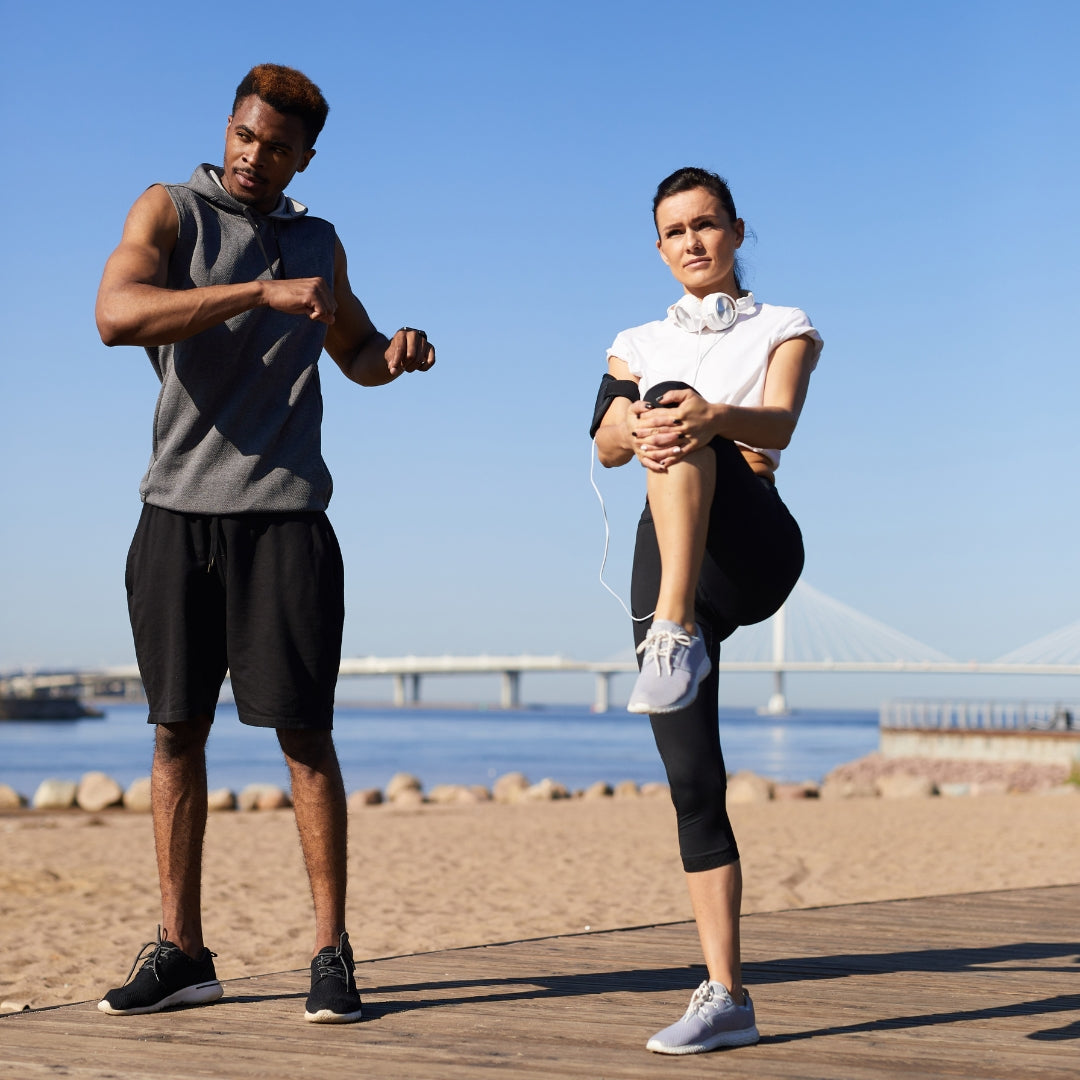

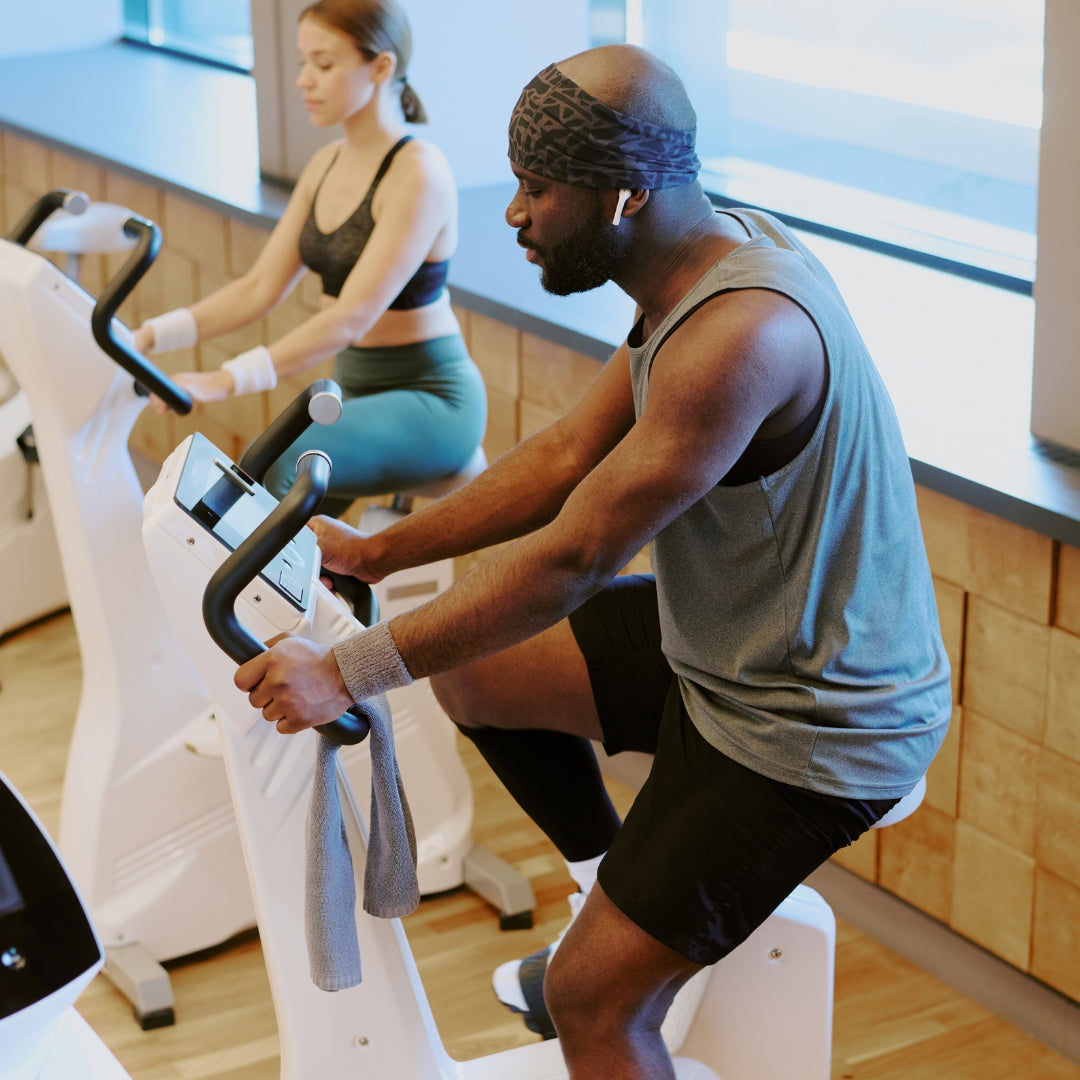
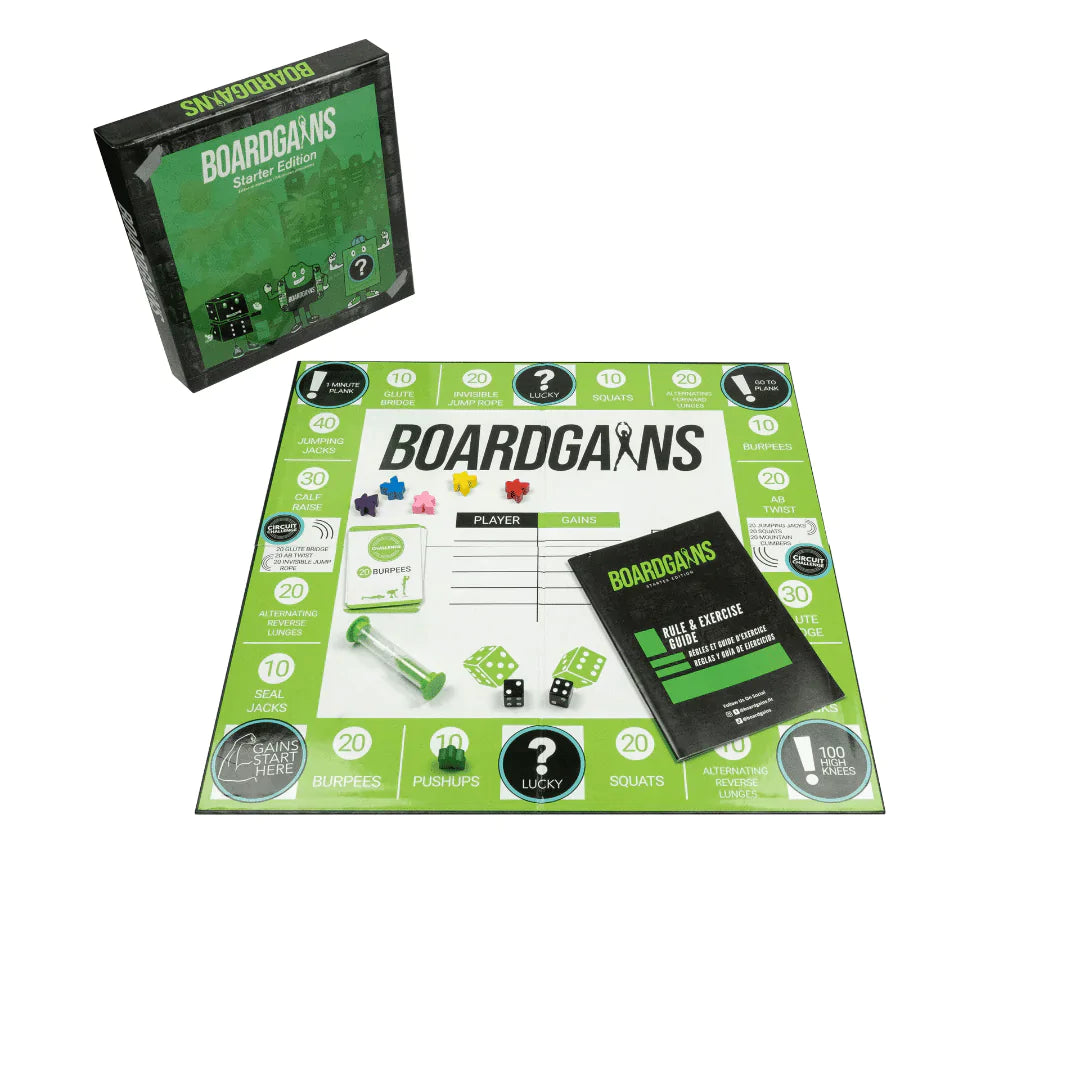
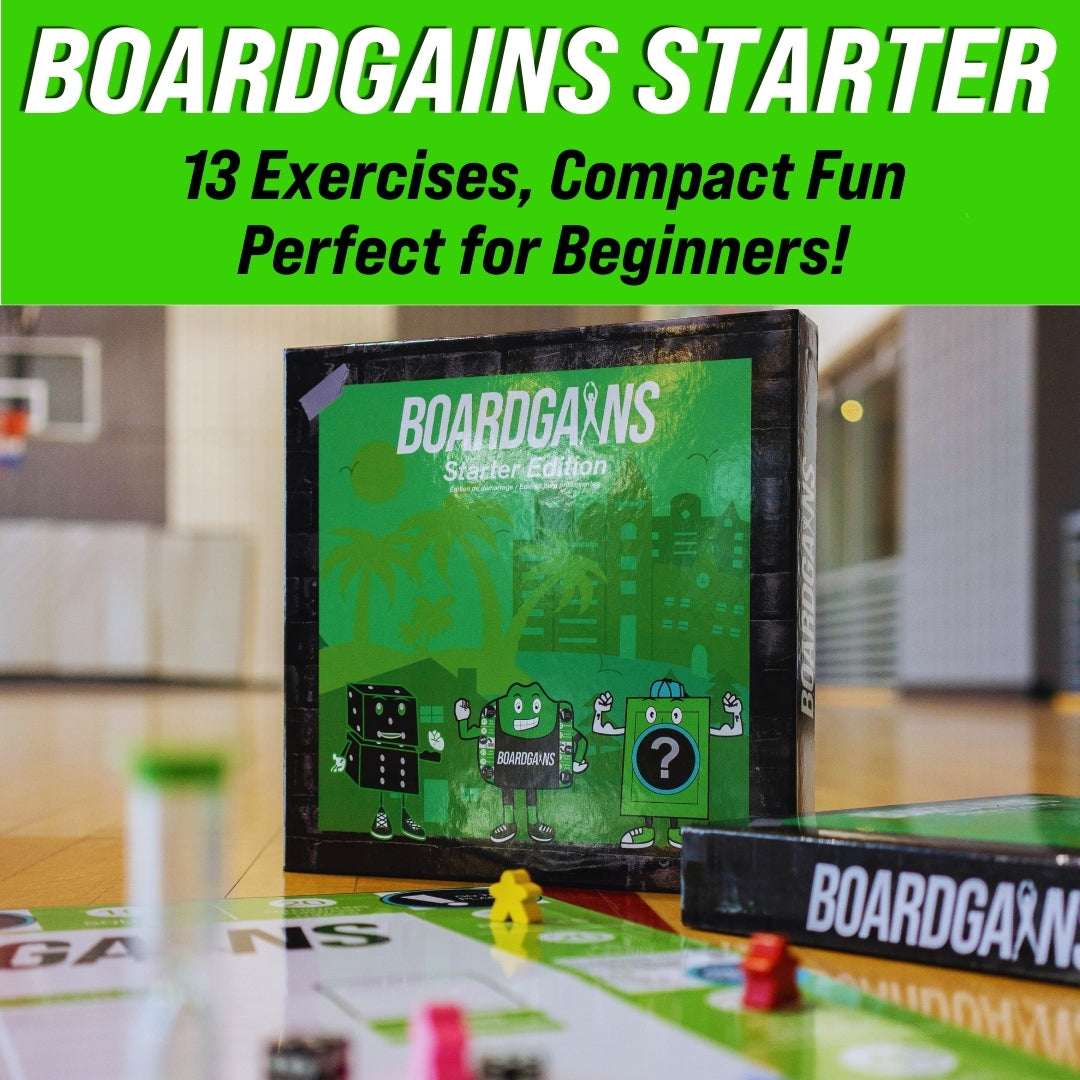
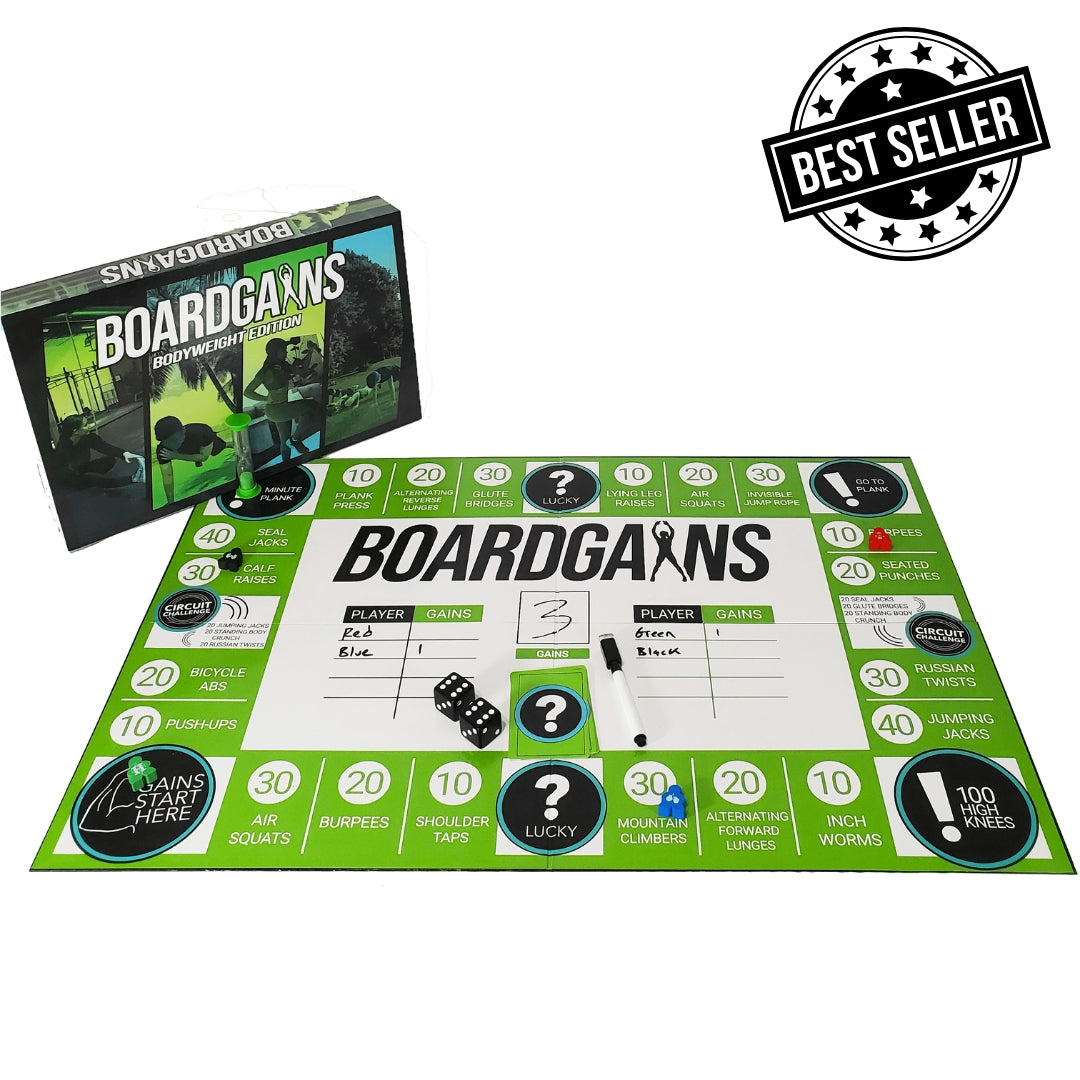
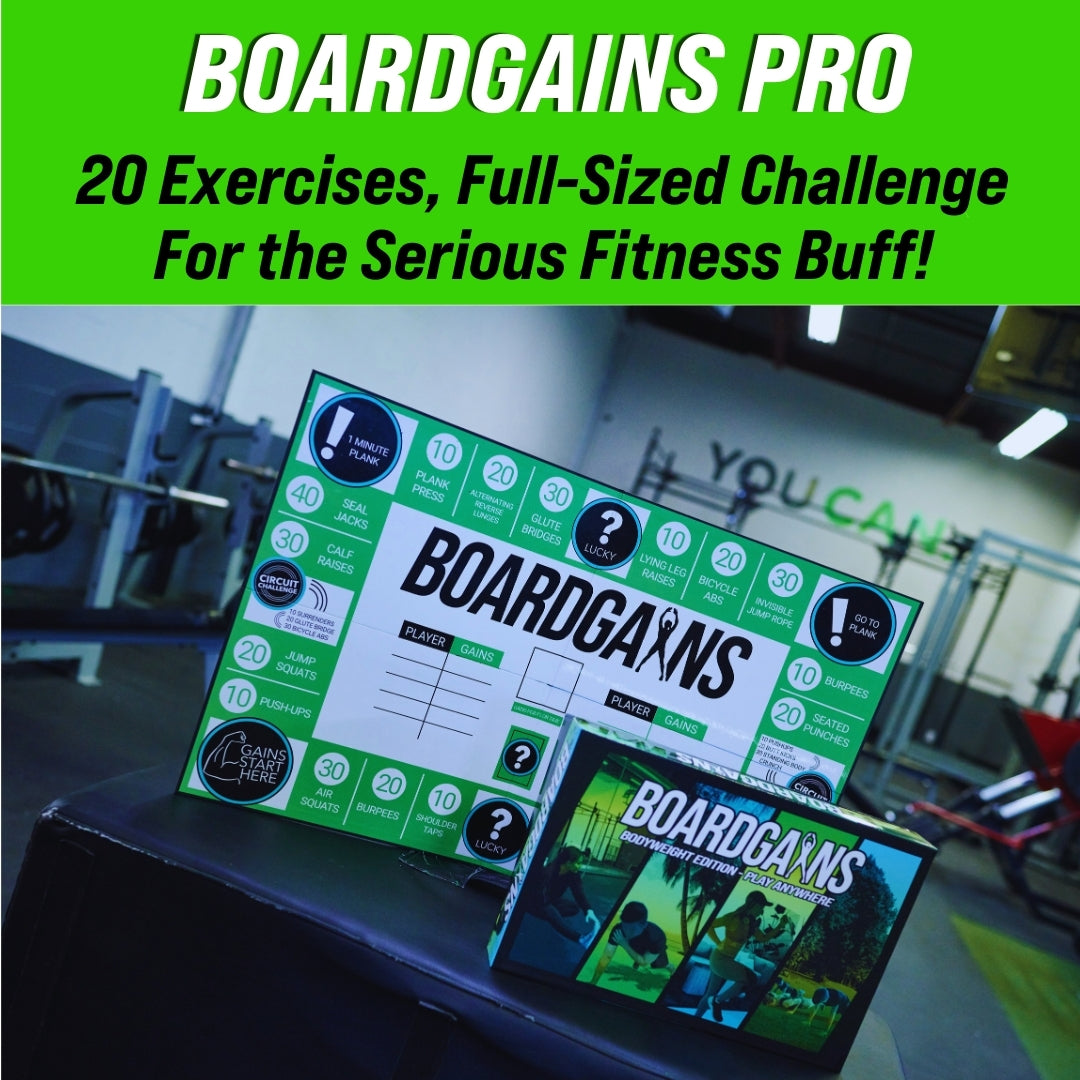

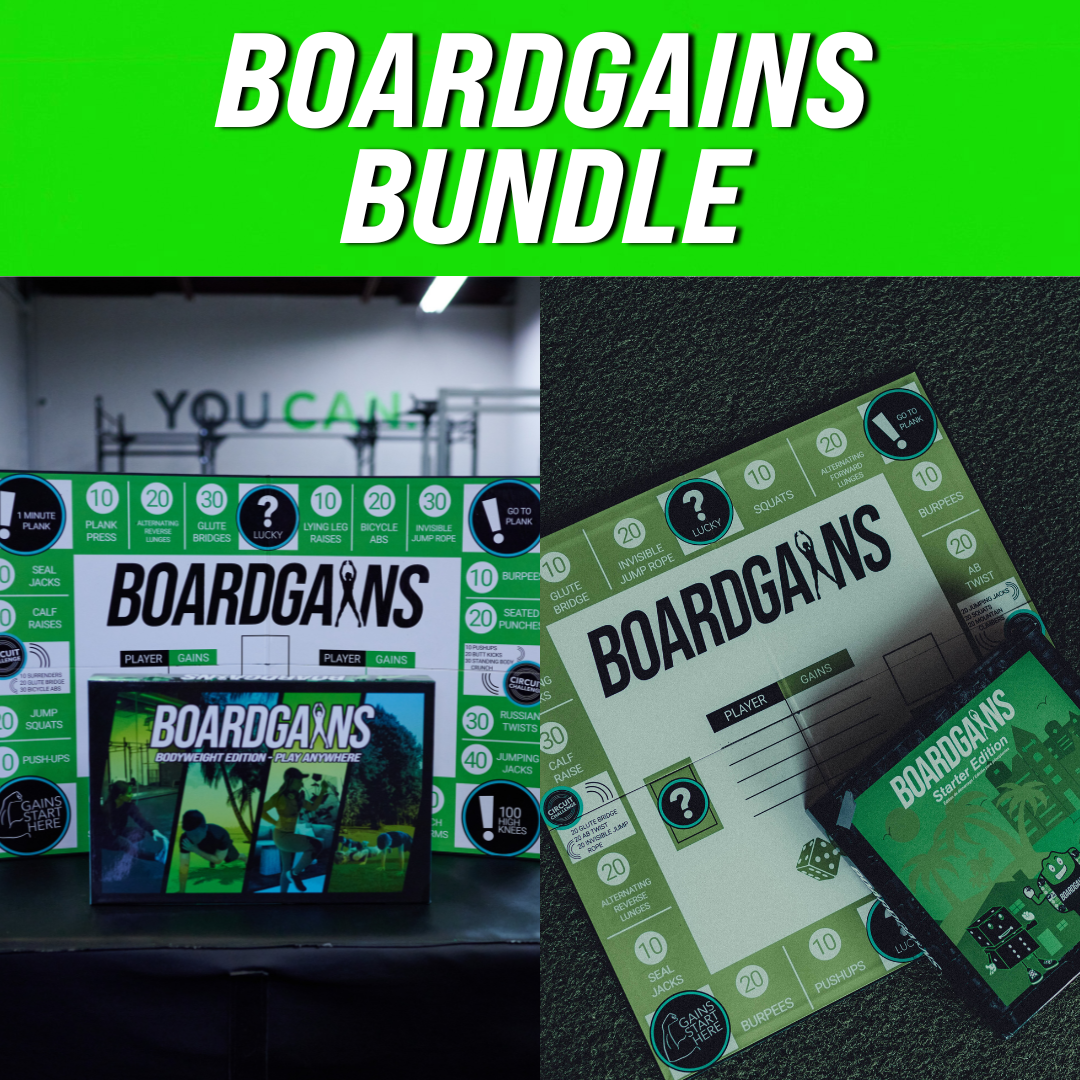
Leave a comment
This site is protected by hCaptcha and the hCaptcha Privacy Policy and Terms of Service apply.